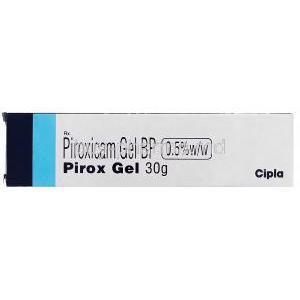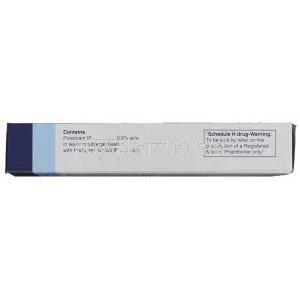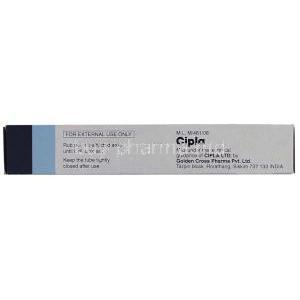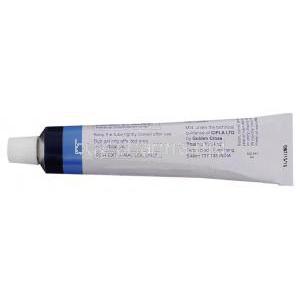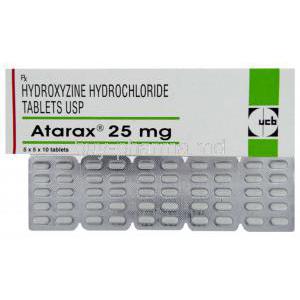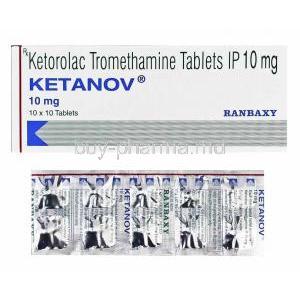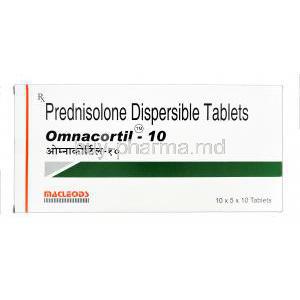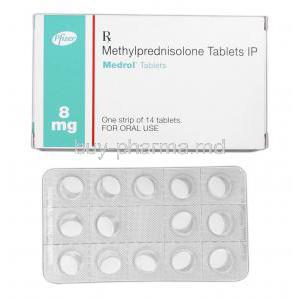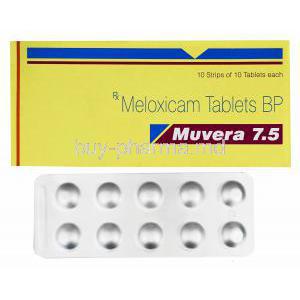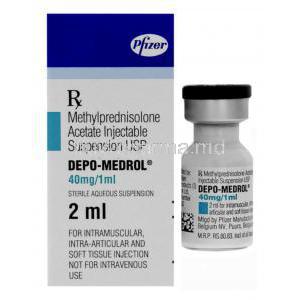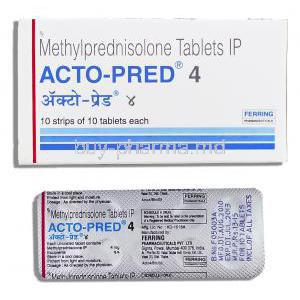Piroxicam
- Introduction
- Composition of Piroxicam
- Uses of Piroxicam
- How Piroxicam Works
- Dosage and Administration
- Common Side Effects of Piroxicam
- Warnings and Important Precautions
- Contraindications
- Careful Administration
- Drug Interactions
- Storage and Handling Precautions
- Overdose Management
- Administration to Special Populations
- Conclusion
Introduction
Piroxicam belongs to the nonsteroidal anti-inflammatory drug (NSAID) group. It is primarily prescribed to reduce inflammation and relieve pain. It has a wide range of therapeutic uses. This article aims to guide healthcare professionals, pharmacists, and patients who want to understand Piroxicam thoroughly.
Composition of Piroxicam
Piroxicam possesses a chemical structure at the molecular level, which gives it its anti-inflammatory properties. It is commonly available in forms, such as capsules, tablets, and gels, for topical use, each tailored to specific treatment plans.
Uses of Piroxicam
Approved Uses
Piroxicam is a non-steroidal anti-inflammatory drug (NSAID) that is widely used to treat musculoskeletal conditions such as osteoarthritis 1, rheumatoid arthritis 1, and ankylosing spondylitis 2.
Here are some references that support the effectiveness of piroxicam in treating musculoskeletal conditions:
- Aly, E.M.; Salamone, F.R. 1991: An open multicenter study of piroxicam dispersible tablets in the treatment of acute musculoskeletal conditions in Saudi Arabia. Current Therapeutic Research 50 (6): 768-772 2
- Heere, L.P. 1988: Piroxicam in acute musculoskeletal disorders and sports injuries. American Journal of Medicine 84 (5a): 50-55 2
- Brogden, R.N.; Heel, R.C.; Speight, T.M. and Avery, G.S.: Sulindac: A review of its pharmacological properties and therapeutic efficacy in rheumatic diseases. Piroxicam: A Review of its Pharmacological Properties and Therapeutic Efficacy. Drugs 22, 165–187 (1981) 3
Off-Label Uses
Piroxicam is a non-steroidal anti-inflammatory drug (NSAID) that is widely used to treat musculoskeletal conditions such as osteoarthritis 1, rheumatoid arthritis 1, and ankylosing spondylitis 2.
In addition to these conditions, piroxicam has also been used to treat other conditions such as menstrual cramps 3, migraines 4, and acute gout 1.
Here are some references that support the effectiveness of piroxicam in treating these conditions:
- For menstrual cramps: Piroxicam is one of the NSAIDs that has been shown to be effective in reducing menstrual pain 3.
- For migraines: A study published in SpringerLink showed that piroxicam is an effective preventive treatment for menstrual migraine attacks in patients with menstrual-related migraine (MRM) with previous treatment failures 4.
- For acute gout: Piroxicam has been used to treat acute gout attacks, and it has been shown to be effective in reducing pain and inflammation associated with the condition 1.
How Piroxicam Works
Piroxicam works by blocking cyclooxygenase (COX) enzymes, which reduces the production of prostaglandins. These lipid compounds are known to contribute to inflammation and pain. As a result, Piroxicam affects bodily processes like the widening of blood vessels, regulation of body temperature, and the sensitivity of pain receptors.
Dosage and Administration
General Guidelines
Finding the initial dosage requires careful adjustment to ensure the optimal balance between effectiveness and potential side effects.
Special Populations
In specific groups, it is important to exercise extra caution. When administering to elderly individuals, it is recommended to start with lower doses. Pregnant women and nursing mothers need to be closely monitored during administration. It is generally not advisable for age groups of children.
Common Side Effects of Piroxicam
Encountered side effects consist of Digestive problems like indigestion and stomach ulcers—potential risks to the system such as high blood pressure and fluid retention. Various skin reactions can range from a rash to more severe dermatological conditions.

Warnings and Important Precautions
It is essential to be cautious about the following: 1. The possibility of developing ulcers and experiencing bleeding, mainly when using the medication for some time. 2. The risk of events such as a heart attack. 3. The need for liver and kidney function tests to track how well your liver and kidneys function.
Contraindications
Piroxicam is not recommended for patients who have; Known allergies or hypersensitivity to the medication. Kidney or liver problems. A history of stroke or heart attack.
Careful Administration
Gastroprotective Agents
It might be worth considering using antacids or proton pump inhibitors in combination to help reduce gastrointestinal issues.
Blood Pressure Monitoring
Patients with blood pressure require careful monitoring of their blood pressure levels.
Liver and Kidney Function
Considering the existence of liver or kidney function, it may be appropriate to consider lower dosages.
Drug Interactions
Drugs That Increase Risk of Side Effects
Please exercise caution when taking this medication alongside blood thinners such as Warfarin and other nonsteroidal anti-inflammatory drugs (NSAIDs).

Drugs That Decrease Efficacy
The therapeutic effectiveness of Piroxicam might be reduced when used with corticosteroids or anti-hypertensive agents.
Storage and Handling Precautions
To ensure that Piroxicam remains effective it is crucial to store it. The ideal storage conditions involve keeping it in a dark place preferably at temperatures between 20 and 25°C (68 77°F) with humidity levels below 60%. It is essential to avoid exposing the medication to direct sunlight as the ultraviolet rays can cause the molecules to degrade. Additionally, it is recommended to prevent moisture from coming into contact with the drug, and using desiccants can be helpful, in achieving this. When it comes to expiry and disposal, following the manufacturer's guidelines is imperative. Expired medication should never be. Must be disposed of responsibly in an environmentally friendly manner.
Overdose Management
Taking too much Piroxicam is a severe medical emergency requiring immediate action. Watch out for symptoms like nausea, vomiting, stomach pain, and exhaustion. It's essential to call Emergency Services away because time is crucial in these situations. To help prevent the drug from being absorbed, activated charcoal may be given.
Administration to Special Populations
Administration to Elderly
How older adults metabolize Piroxicam is significantly affected by age-related changes in metabolism. Due to a decrease in metabolic rate and the presence of medications, it is essential to carefully consider the dosage and schedule for administering this medication to elderly individuals.
Administration to Pregnant Women and Nursing Mothers
Piroxicam is classified as a Category C drug by the FDA, which means some risks may be involved. It is essential to weigh the benefits against these risks. If you are a nursing mother, it is recommended to exercise caution as we're uncertain about its excretion in breast milk.
Administration to Children
Specific age brackets may be eligible for the administration of Piroxicam. It is essential for the clinician to take necessary precautions. They must closely observe both function and gastrointestinal tolerance throughout the treatment process.
Conclusion
To summarize, Piroxicam is a medication for treating inflammatory diseases. Its various aspects, such as dosage, potential interactions, and considerations for populations, make it a valuable but intricate drug. It is highly recommended to consult healthcare professionals for medical guidance as it is essential, for accurate diagnosis and customized treatment plans. The goal is to achieve therapeutic results while minimizing any adverse effects or complications.


